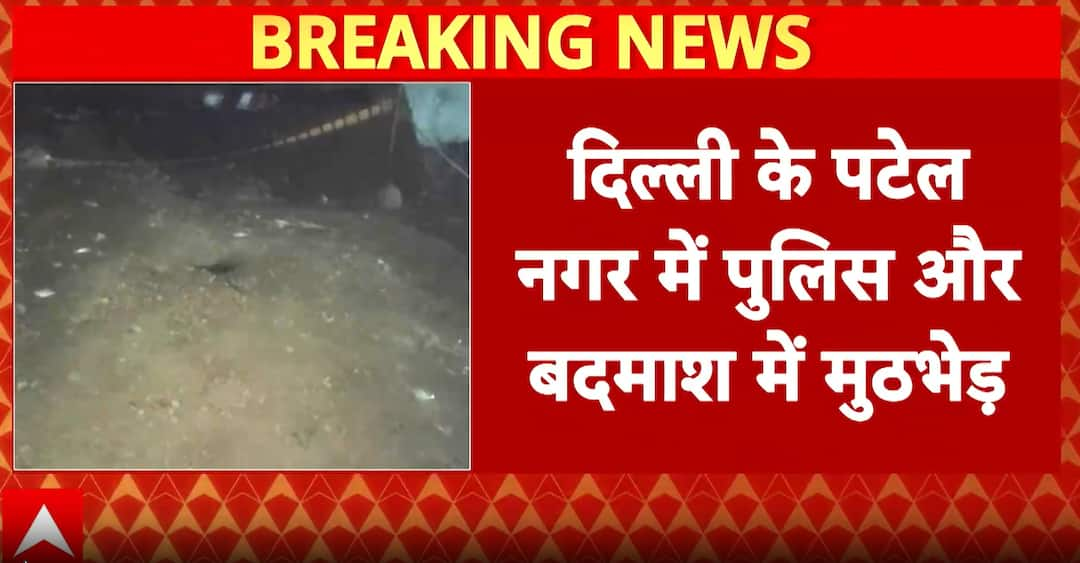Fresh off helping secure the landmark Gaza ceasefire, US presidential envoy Steve Witkoff quietly reached out to a senior Kremlin aide last month—an unexpected move that now sits at the centre of a growing controversy. A recorded phone call, reviewed by Bloomberg, offers a rare glimpse into how the recently surfaced 28-point Ukraine peace proposal may have taken shape with guidance from Russian officials.
A Secretive Exchange That Set the Stage
On 14 October, Witkoff spoke for just over five minutes with Yuri Ushakov, Russian President Vladimir Putin’s top foreign policy adviser. During the brief but consequential exchange, Witkoff floated the idea of crafting a Ukraine settlement based on the “20-point Trump plan”, the same framework used as a diplomatic tool during the Gaza negotiations.
He urged Ushakov to have Putin raise the idea directly with US President Donald Trump and recommended arranging a call between the two leaders ahead of Ukrainian President Volodymyr Zelenskiy’s upcoming visit to the White House. According to Witkoff, using the momentum from the Gaza breakthrough could help set up “a really good call”.
Both the White House and the Kremlin declined to comment on the recorded conversation.
Strained Trump–Putin Relations Behind the Scenes
At the time of Witkoff’s outreach, the relationship between Trump and Putin appeared tense. As Trump prepared to host Zelenskiy on 17 October, his administration was weighing whether to supply Ukraine with long-range Tomahawk missiles. Fresh sanctions on Moscow were also reportedly under consideration.
Despite the frosty atmosphere, the dynamic shifted quickly. Two days after the Witkoff-Ushakov call, Trump and Putin spoke for two and a half hours. Trump later called the discussion “very productive” and announced preliminary plans, still unrealised, to meet Putin in Budapest. Following Witkoff’s advice, Putin also congratulated Trump on the Gaza deal.
Inside the Formation of a Controversial Peace Blueprint
Momentum continued to build. Between 24 and 26 October, Witkoff met Kremlin adviser Kirill Dmitriev in Miami. Soon after, Dmitriev and Ushakov discussed Russia’s negotiating strategy in another recorded conversation, debating how far Moscow should push its opening demands.
Their conclusion: Russia should seek the “maximum” in its initial proposals, fearing the US would water down their conditions during negotiations. Yet Dmitriev expressed confidence that Washington would still shape the final framework in a way that ultimately favoured Moscow.
Bloomberg has not independently verified the complete set of proposals, though the structure closely mirrors the 28-point US plan later presented to Kyiv.
Kyiv Alarmed as Pressure Mounts
The proposal—backed by Washington and welcomed by Putin as a potential basis for peace—sparked alarm in Ukraine. Under the early draft, Kyiv would have to withdraw from parts of Donbas that Russian forces had failed to capture militarily, turning the area into a demilitarised buffer zone effectively treated as Russian-controlled territory.
The terms would also amount to de facto recognition of Moscow’s claims over Crimea, Luhansk and Donetsk, while freezing the front lines in Kherson and Zaporizhzhia.
Reports suggest US officials warned Ukraine that its access to critical intelligence support could be suspended if Zelenskiy rejected the plan. Kyiv has since managed to secure temporary concessions after discussions with US Secretary of State Marco Rubio.
Informal Diplomacy Under Scrutiny
Witkoff’s discreet phone call with Ushakov highlights just how much informal diplomacy sat behind the peace framework now facing intense global scrutiny. The envoy said he was confident he had Trump’s “trust” and the “space and discretion to get to the deal”. Yet the fate of the proposal, and the true extent of foreign influence over it, remains hotly debated.



